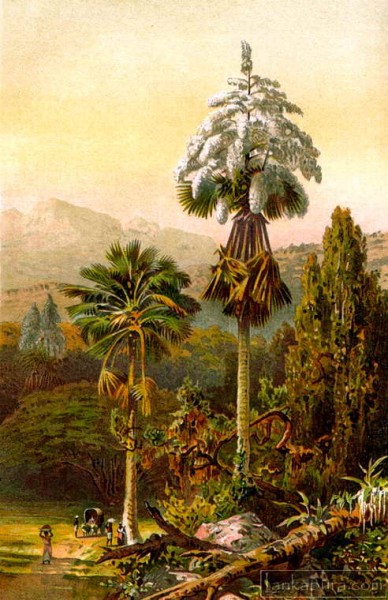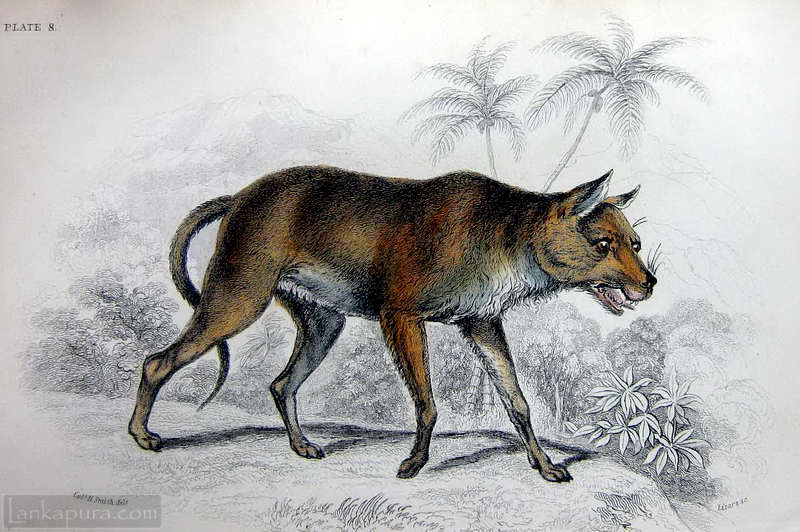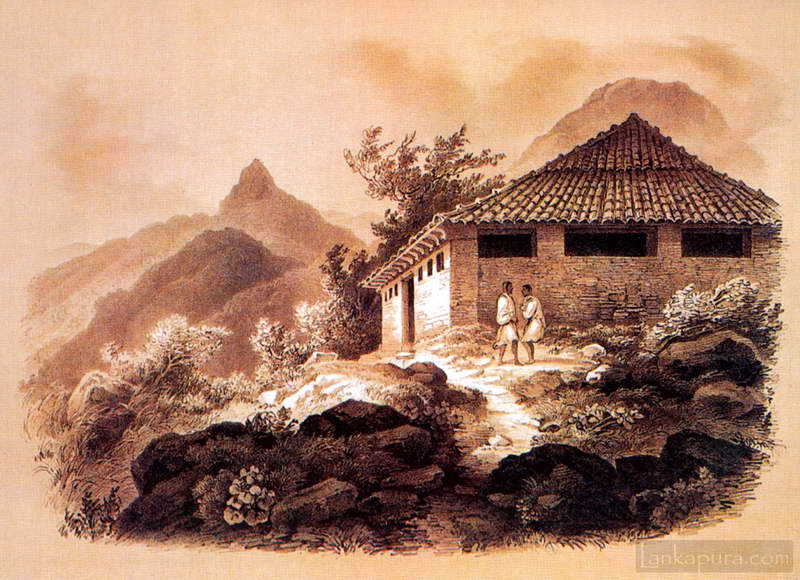
Corypha umbraculifera (Talipot palm) is a species of palm, native to southern India (Malabar coast) and Sri Lanka.
It is one of the largest palms in the world; individual specimens have reached heights of up to 25 m, with stems up to 1.3 m in diameter. The Talipot palm bears the largest inflorescence of any plant, 6-8 m long, consisting of one to several million small flowers borne on a branched stalk that forms at the top of the trunk. The Talipot palm is monocarpic, flowering only once, when it is 30 to 80 years old. It takes about a year for the fruit to mature, producing thousands of round yellow-green fruit 3-4 cm diameter, containing a single seed. The plant dies after fruiting.
The Talipot palm is cultivated throughout southeast Asia, north to southern China. Historically, the leaves were written upon in various Southeast Asian cultures using an iron stylus to create palm leaf manuscripts. The leaves are also used for thatching, and the sap is tapped to make palm wine. In Malabar Coast, the palm leaves were used to make traditional umbrellas for agricultural workers and students in rural areas until a few decades ago. The tree is known as “Kudapana” in Malayalam Language, which in turn means “Kuda” = Umbrella + “Pana” = palm tree.-Wiki-
Botanical name: Corypha umbraculifera
Text on Image:
Die Schattenpalme (corypha umbraculifera) auf Ceylon
The shadows of palm (Corypha umbraculifera) in Ceylon
Corypha umbraculifera, page 203 of Anton Joseph Kerner von Marilaun, Adolf Hansen: Pflanzenleben: Erster Band: Der Bau und die Eigenschaften der Pflanzen. (1913)
Published by Kurt Stüber, http://www.biolib.de



